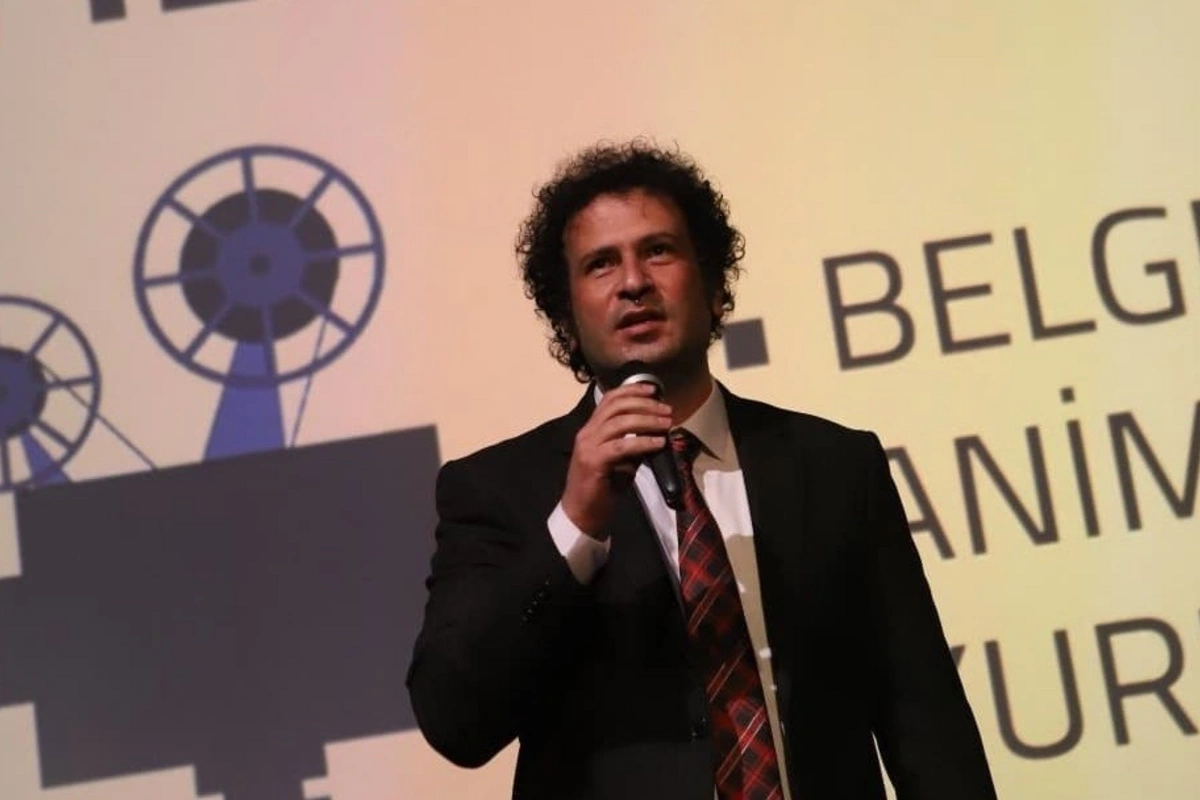
Vahid Qarabagli caught up with Tabriz-based award winning documentary filmmaker Mohammad Alimoradi. In the interview, he discusses both the joys and challenges of this type of work in Iran.
Courtesy photo
Mohammad Alimoradi is a Tabriz-based independent filmmaker, journalist, and environmental activist. His documentaries cover event-driven humanitarian crises, often touching on themes of environmental degradation, language diversity, identity and socio-economic deprivation. Importantly, Alimoradi makes most of his documentaries in ‘minority’ areas of Iran, especially the northwestern region where Azerbaijani Turkish is the predominant local language. “I think the language of documentaries should be in the language of the people they are dealing with,” he says. Though it sounds uncontroversial elsewhere, historically, such a stance has often been challenging in Iran given Farsi-prominence policies.
Alimoradi has been producing films since 2008. His latest production, “My Name,” examines the obstacles families face in Iran who wish to give Turkish names to their children. It was awarded ‘best documentary’ at the 9th International Silk Road Film Festival.
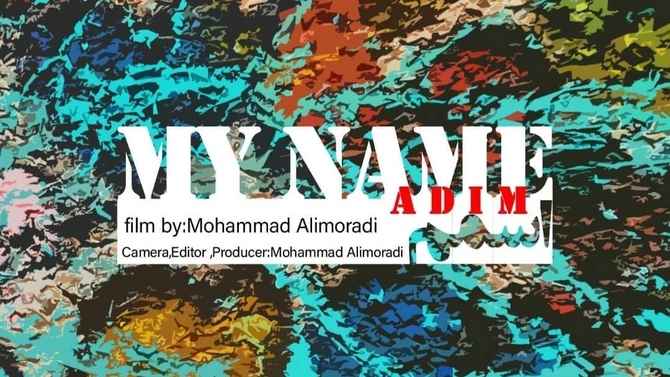
Courtesy photo
An earlier prize-winner[1] was “Twins” (Ekizler, 2018), which tells the sad tale of two once-great lakes (the Aral Sea and Lake Urmia), revealing how their drying up has impacted the economic well-being of the villagers who live(d) around the former shores. “Mother Tongue (2017)” looked at language activism among Azerbaijani Turks in Iran, “Bitter Tea” (2019) investigated drug addiction among youth in Tabriz, and “Keep Your Face in the Light” examined the problems caused by COVID-19 and self-sacrifice of the healthcare workers who fight against it.

Courtesy photo
These are just a selection of an impressively hard-hitting catalogue, so it is not surprising that in 2021, Alimoradi was selected as the most productive documentary filmmaker of East Azerbaijan province by the Documentary Cinema House of Tabriz.
The Caspian Post interviewed Mohammad Alimoradi to learn more about his background, motivations and creative processes.
Please tell us about your background.
I was born in 1979 in Marand, East Azerbaijan province of Iran. For the last 18 years, I have been living in Tabriz. I did not go to art or film school. I studied journalism in university and worked as a journalist for a while. It was through journalism that I learned photography and developed my skills as a photojournalist. I also attended some workshops on filmmaking, storytelling, and production. With the Documentary Cinema House of Tabriz, I now help organize workshops and training courses throughout the year to improve our skills and understanding of our field.
When and how did you get into documentary filmmaking?
As a journalist, I used to write and take photos for magazines and journals. [Then] I became interested in how video recordings can be put together to tell a story visually and more interestingly. I watched a lot of documentaries which helped me understand the structure and various techniques. I realized that there were just so many stories to cover that I could explore, shed light on and highlight in-depth… through the lenses of my camera.
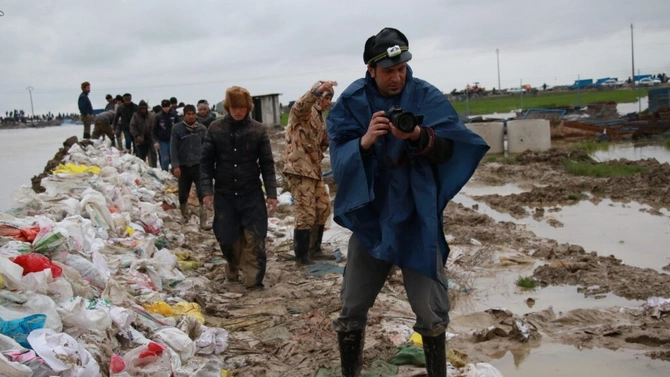
Courtesy photo
My first documentary film was… called “

How do you select topics for your films?
I care about the society where I live. I reflect and ask questions: Why are things are the way they are? Why do people live in conditions that undermine their well-being? What makes them vulnerable to social and environmental crises? Whenever a crisis happens… I just take my camera and go …to capture those events in their immediate aftermath, or even as they unfold in front of my camera. I [tend to] go to regions that I feel are generally deprived and neglected.
Daily [as well as collecting footage for a final documentary], I prepare short video reports and interviews and post them on social media to inform people about what is going on.
Are your target audiences within Iran, regional or global? Do these considerations affect your work?
The language of arts is universal. We can watch a documentary film made in Africa or Asia and still make sense of its central story. What matters is a good narrative and having the storytelling skills to make your message interesting for your audience. Original and universal stories can transcend geographical borders and linguistic barriers. In my work - for example, in my latest documentary, My Name, I tell the story of three Azerbaijani-Turkish children from Iran who have reached the ages of 3-4 but are still without identity cards. That’s because their families want to give them Turkish names that are not approved by the National Organization for Civil Registration. I made the film with a global audience in my mind to show how there are families who are not willing to back down on their principles despite serious obstacles. The viewer might find that this story resonates with other experiences in their own lives or simply reflect on the social and symbolic importance of names.
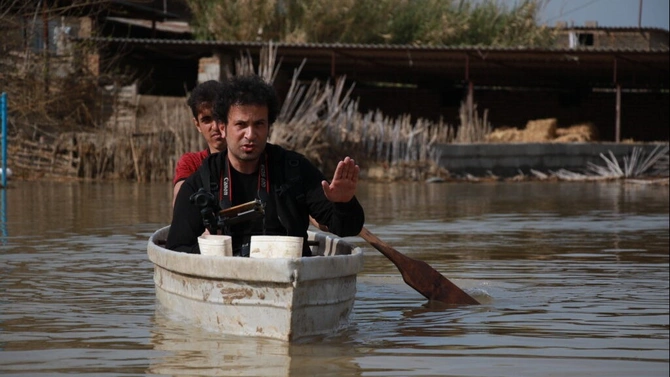
Courtesy photo
What do you think about the state of independent documentary filmmaking in Iran?
In general, the cinema production situation in Iran is very difficult. This is especially true for documentaries because audiences are small. And the situation for documentary filmmaking in [the] Azerbaijan [provinces] is even worse. There are no major investors: resources and opportunities are concentrated in the center of the country, which defines and rules over the film industry. It puts us in a tough situation. Subjects relevant in Azerbaijan rarely seem important to a film investor or producer living in Tehran who may be unfamiliar with local issues. They might also be unwilling to invest due to the language of our films, believing that nobody will watch a film in Turkish, or not enough to ensure a return on their investments. There is also no financial support from government bodies for our work. In this situation, we generally rely entirely on our own resources. So, while being an independent filmmaker means that I am free to choose the themes of my films, production licenses and finances are always big challenges.
I must also thank some key helpers. Cameraman Mehdi Meymandi’s work has been invaluable, and in filming “The Twins,” he even bought his own plane ticket to come to Kazakhstan with me. Said Hatamkhani’s skill in the editing process is also hard to overstate.
What is the perspective of films made in Iran in the Azerbaijani Turkish language?
In a country of 83 million people, where there are tens of millions of [Azerbaijani]-Turks, I think that [making such films] should be considered very natural, especially since most of my documentaries take place in [the] Azerbaijan [provinces]. The language of the documentary should be the language of the people who are the subject of the film. You can not go to an Arab region and ask its people to speak Persian in your documentary. Their language is Arabic, and if we want to capture their lives naturally, we must also pay attention to their language.
In feature films, the cinema of Azerbaijan in Iran has recently emerged as a new trend. While the most obvious feature is its use of the Azerbaijani-Turkish language, the themes, settings, target audience, and budget are all important. If, in the past, we only had Yadollah Samadi[2] as a significant representative of Turkish and Azerbaijani cinema in Iran, now several prominent filmmakers jump to mind: the Ark Brothers[3], Asghar Yousefinejad[4], Esmaeel Monsef[5], Ali Abdali[6], and most recently Niki Karimi[7]. Their powerful films made a lot of noise in Iran. For the past five years, every year in Iran’s Fajr International Film Festival, we have had several Azerbaijani-Turkish films made in Iran. Karimi’s Atabay is currently one of the most-watched movies in Iranian cinema. This is amazing. A few years ago, no one could have imagined this. It is an excellent thing that Persian speakers in Tehran or Shiraz go to cinemas and watch Turkish language movies with Persian subtitles. This good reception will encourage investors to support further films. For documentaries, the situation is harder.
Your films won awards at two Turkish film festivals. How does it feel?
It feels great. Going to international film festivals is crucial if we want to make ourselves and our cinema visible. It’s also wonderful meeting directors and filmmakers from different countries and exchanging ideas and experiences about cinema.
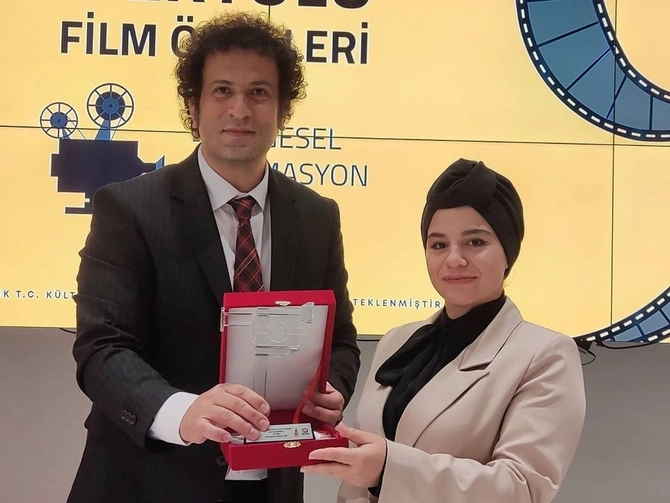
Courtesy photo
But it’s difficult for documentarians in Iran to send films to these festivals. Sanctions on Iran mean that we lack access to international payment systems, so we simply can’t pay the entry fees. Fortunately, for some festivals, we did not have to pay, and I must thank Mr. Riza Siami for his considerable help in getting our works to other film festivals and reaching wider audiences.
What’s next for you?
My current project is an anthropological documentary about the Khalaj Turks. Turks in Iran do not just live in [the] Azerbaijan [provinces]. They are all over the country. Some Khalajs live in central Iran, but they are more prone to assimilation due to their geographical location.
[1] Best documentary at the 1st Korkut Ata Turkic World Film Festival and a finalist at the Turkish World Documentary Film Festival.
[2] with movies such as Savalan (1989), Dumrul (1993), and Saray (1997)
[3] Soyuq (Coldness, 2016), Heyvan (Animal, 2017), Deri (Skin, 2020)
[4] Ev (Home, 2017)
[5] Kömür (The Charcoal, 2019)
[6] Arpaçayı Nəğməsi (Arpachai, a song of separation, 2020)
[7] Atabay (2020)
Share on social media